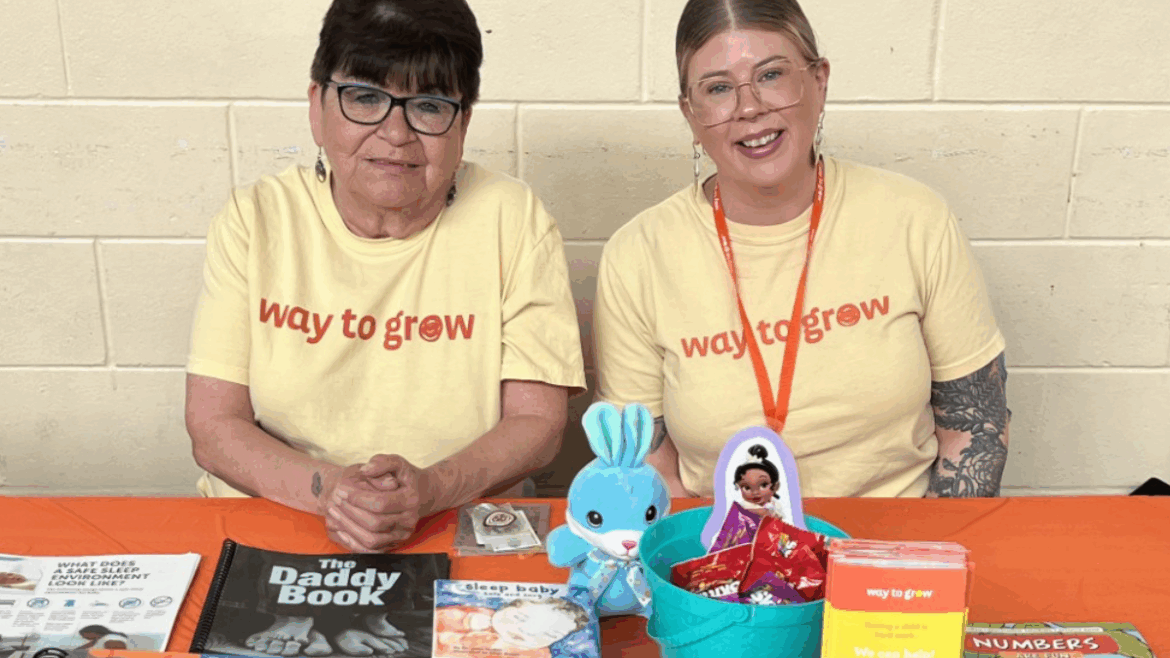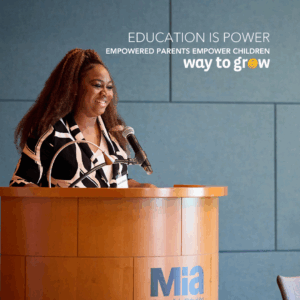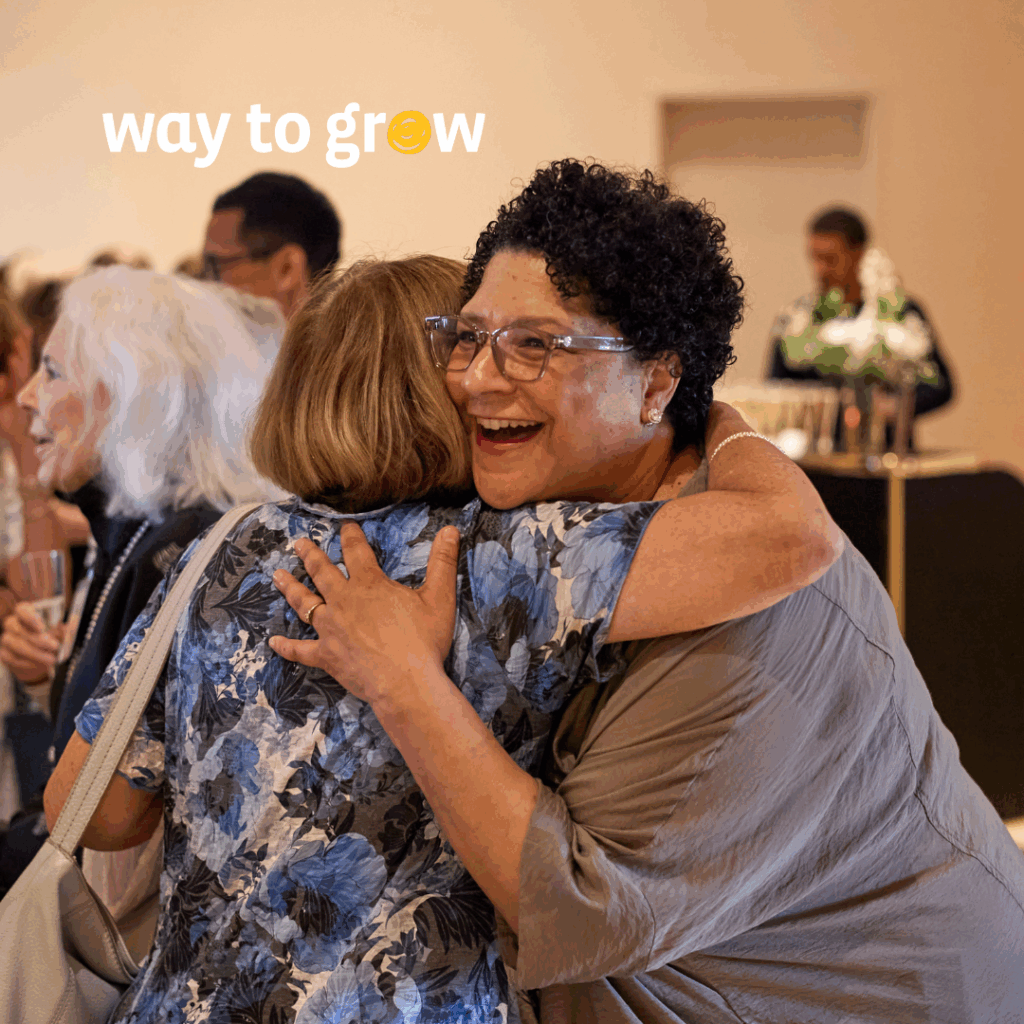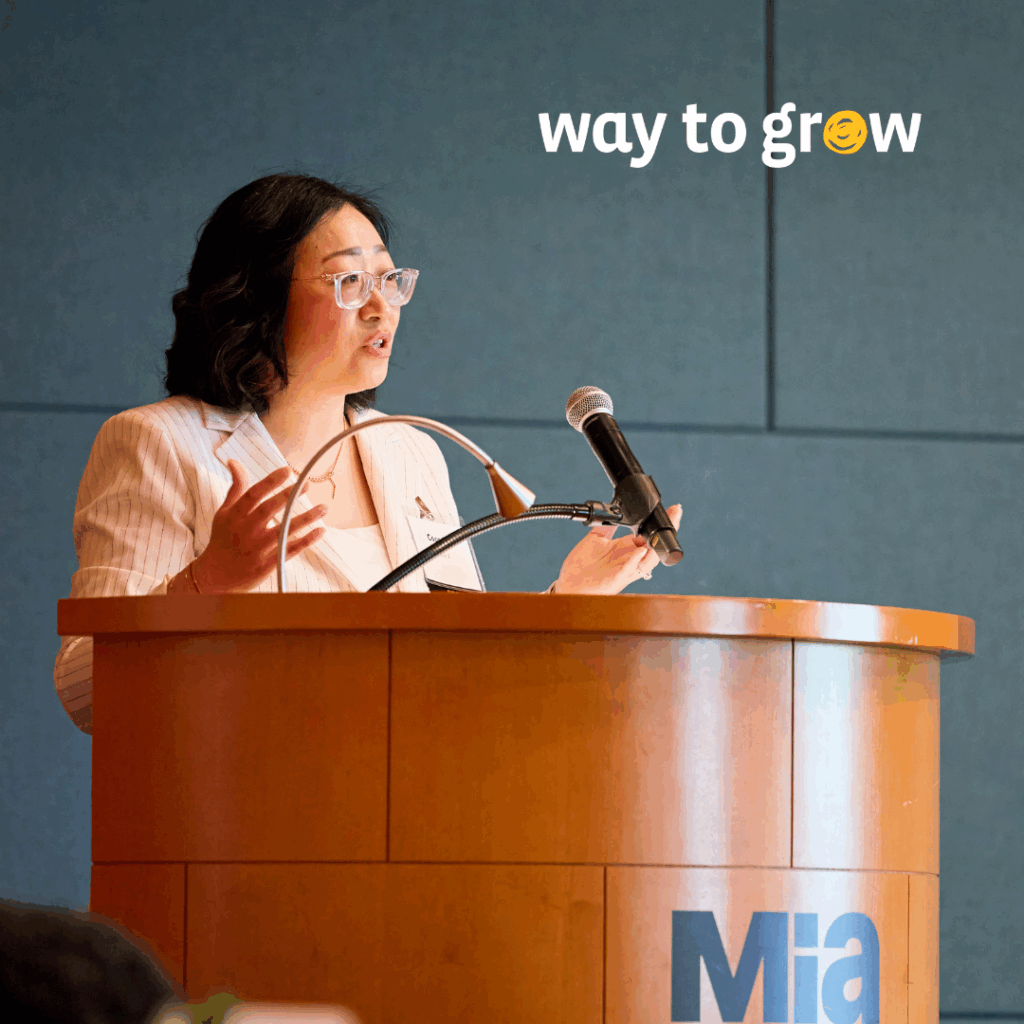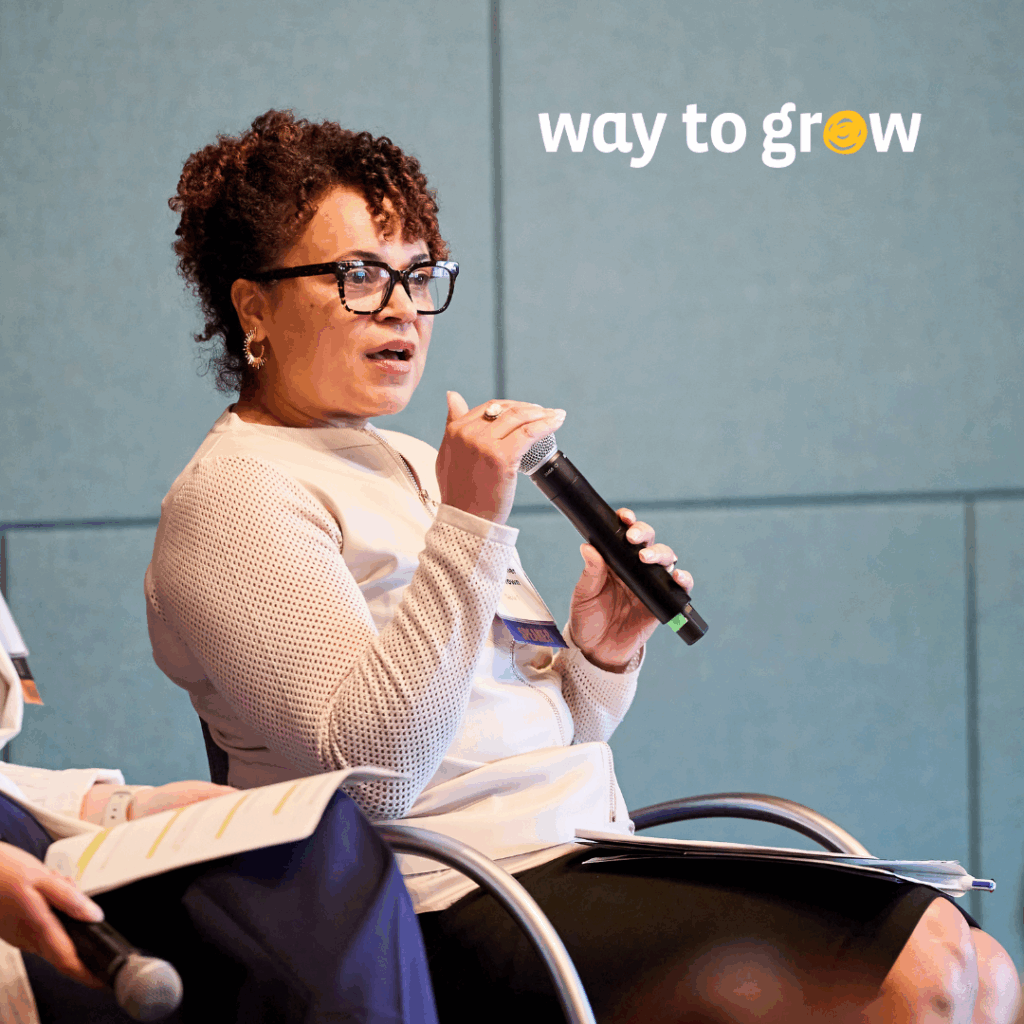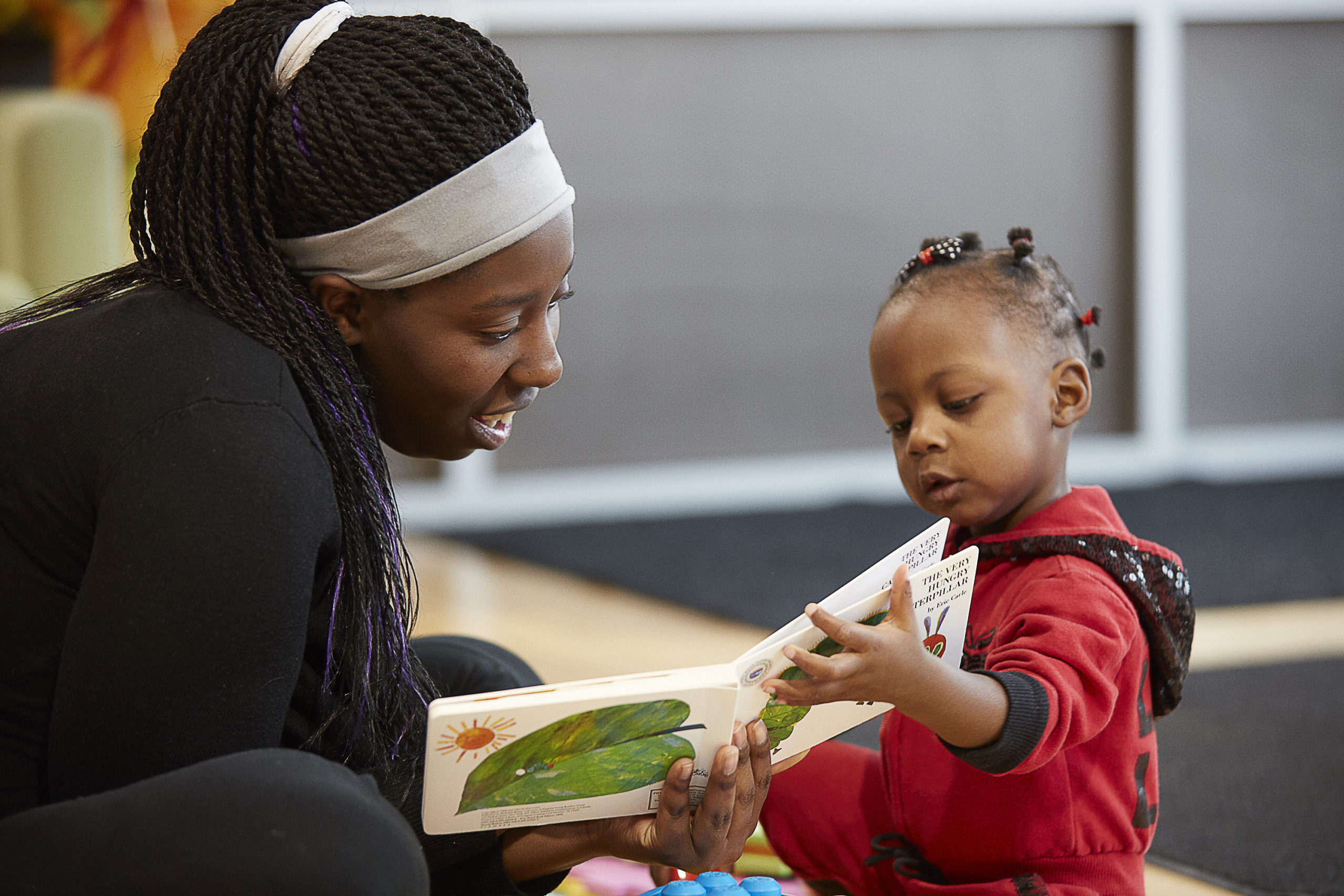How Community Engagement Opens Doors for Families
Way to Grow knows that real community engagement starts with relationships. It’s how families find us, how they feel welcome, and how they begin their journey toward brighter futures.
This month, we’re shining a spotlight on Sheena, our Community Engagement Manager. Her work helps open doors for families across Minneapolis and beyond, ensuring that every parent or caregiver who connects with Way to Grow feels valued, respected, and supported.
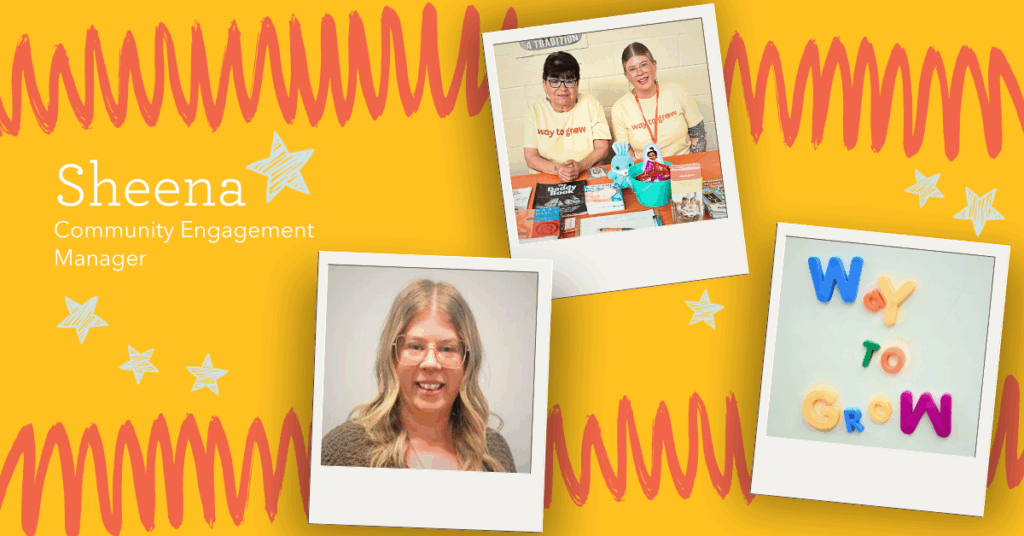
“My job is all about meeting families where they are, literally and figuratively,”
Sheena says. “Every connection matters.”
Why Community Engagement Matters
When Way to Grow launched over 35 years ago, we began with a simple but bold goal: walk alongside families and children to help every child thrive from prenatal stages through age 5. In 2010, we expanded with our Great by 8 Program. Over time, our work grew across more neighborhoods and communities. As family needs became more complex, it became clear that intentional, consistent community engagement would be essential to reach more families and build trusted relationships.
Families face many barriers to opportunity, from navigating healthcare and education systems to overcoming language barriers or mistrust of institutions. For many families, this mistrust can be rooted in lived experiences. Some have encountered schools that did not welcome them. Others faced healthcare providers who failed to listen, or social service systems that felt cold or punitive. Many have been impacted by a long history of policies that excluded or harmed their communities. Without trusted connections and relationships, even the best programs can remain out of reach for those who need them most.
That’s where Sheena comes in.
Building Trusted Connections with Families
Way to Grow created the Community Engagement Manager role to deepen relationships, expand outreach, and ensure that families feel welcomed into our programs. Sheena now leads this important work. She works to ensure families experience not just enrollment, but a true sense of connection.
Every family referred to Way to Grow begins with Sheena. She reaches out directly, often working across languages and cultures to build understanding. She then matches each family with a Family Educator who will be the best fit for their goals and needs.
For families, this personal connection makes a world of difference. It means they are met with respect, care, and understanding. It means they do not have to navigate complex systems alone or wonder whether a program will truly reflect their values, language, or culture. Above all, it means their first experience with Way to Grow is one of trust and relationship. Together, we lay the foundation for strong, lasting engagement that helps children and families thrive.
Whether a parent is navigating healthcare, seeking early education, or looking for a trusted mentor, Sheena helps them take that crucial first step.
Community Engagement Beyond Enrollment
Sheena’s role extends far beyond one-on-one outreach. Throughout the year, she represents Way to Grow at community events where she connects with new families. She deepens partnerships with local organizations.
You might spot Sheena at resource fairs, block parties, or school open houses. You may also find her at library story times, cultural celebrations, or parent education nights… wherever families naturally gather. Way to Grow continues to maintain strong relationships with early childhood networks, clinic-based literacy programs, and partners such as Hennepin County, Northside Achievement Zone (NAZ), and the Minnesota Prenatal to Three Coalition. These connections help us stay attuned to the needs of families and broaden our reach to those who may benefit from our programs.
Looking Ahead: Expanding Presence & Partnerships
Looking to the future, Sheena hopes to help Way to Grow strengthen our community presence across more neighborhoods, create more consistent spaces where families can learn and connect, and elevate family voices in shaping our program design.
She also sees potential in growing partnerships with local organizations and recognizes that no single program can meet every need. In this way, through collaboration, shared resources, and authentic listening, Way to Grow builds a more connected network of support for families.
“I’m honored to be a trusted face in the community and represent Way to Grow,” Sheena says. “Every day brings something new. And every connection reminds me why this work matters.”
Building Trust, One Family at a Time
At Way to Grow, we know that strong community engagement is key to trusted relationships with families and long-term success. Moving forward, we are committed to meeting families where they are and walking alongside them every step of the way.
Learn more about our programs or take your first step with us today!


